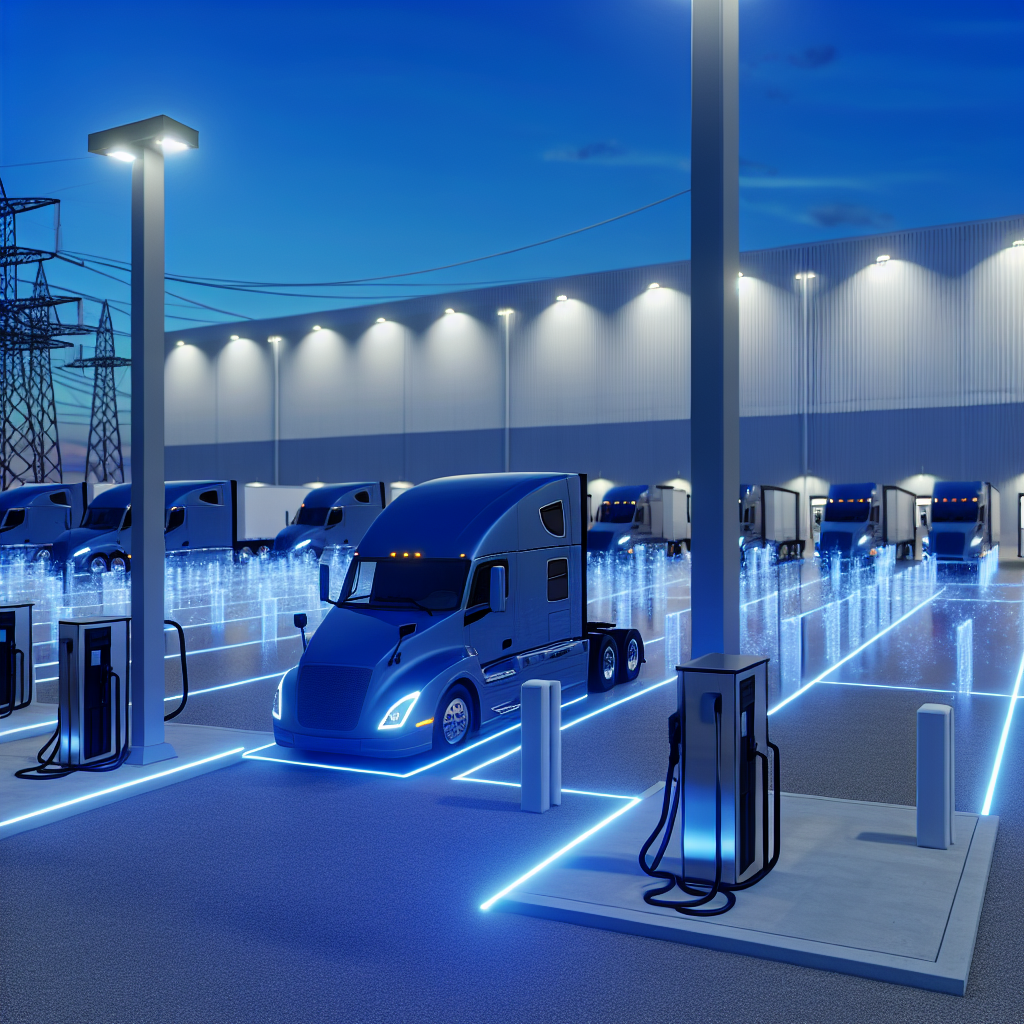Link Logistics is recasting the landlord–tenant relationship around a simple premise: the owner should run the power plant. By moving utility accounts into its own name, bundling energy purchasing with building upgrades, and then billing tenants for a lower, steadier utility line, the industrial real estate giant says it’s cutting costs and emissions at the same time. Early results from the company’s Energy Solutions program point to double‑digit utility savings, portfolio‑scale bill payment and meter management, and a financing path for LEDs, solar and other retrofits that many tenants wouldn’t fund on their own. In short, Link is attacking the “split‑incentive” problem that has stalled efficiency in triple‑net warehouses for decades.
For trucking and logistics operators, the stakes are no longer just rent, turns and trailer doors; they’re kilowatts, demand charges and interconnection timelines. Link’s owner‑operated utility model is designed to guarantee capital goes into the box (lighting, controls, rooftop solar) while it aggregates power buying to hedge price swings — an approach the firm says is delivering roughly a 12% reduction from legacy utility bills and millions in recurring savings across the footprint. That matters to fleets electrifying yard tractors, powering high‑cube cold storage, or adding depot charging for straight trucks and vans, where utility volatility can upend Opex and route planning.
The timing isn’t accidental. Over the past 48 hours, two storylines have underscored how power availability is quickly becoming the defining constraint for industrial users. First, Prologis — Link’s largest peer — said it has already secured 1.1 gigawatts of power for new projects, is working toward another 2.2 GW, and is planning for a 10‑GW vision as it leans into AI‑driven data center demand. Energy, not just land, is the new moat, the company argued at a Business Insider event. For warehouse customers, that means site selection will increasingly hinge on which landlord can deliver electrons as reliably as they deliver loading docks.
Second, California utility PG&E laid out a $73 billion grid‑upgrade plan through 2030 to serve a wave of large loads — notably data centers — and harden lines against wildfire risk. The utility sees about 10 GW of new demand over the next decade. Industrial customers from the Bay Area to the Central Valley should read that two ways: major investment is coming, but connection queues and cost recovery pressures are real, and large consistent users may fare best if they can partner with landlords who plan power at portfolio scale.
There’s also fresh evidence that shippers feel the pinch already. A new Prologis/Harris Poll survey published Monday found nearly nine in 10 supply chain leaders experienced an energy disruption in the past year, and most are willing to pay more for energy security. If power reliability is now a top‑three location driver, a landlord’s energy playbook becomes a competitive differentiator — especially for high‑throughput cross‑docks, temperature‑controlled sites and urban last‑mile facilities where downtime is revenue‑destroying.
Put together, Link’s approach points to a broader shift in industrial real estate: owners are evolving from rent collectors into energy operators. For carriers and 3PLs, the practical takeaways are clear. When you bid space, ask for the energy plan — who holds the meter, how demand is hedged, what upgrades are funded, and whether onsite generation or storage is part of the stack. Negotiate power performance (not just rent escalators) into the lease. And weight a site’s “time‑to‑power” right alongside dray distance and labor. In a market where AI data centers are competing with depots for scarce megawatts, the landlord that can underwrite and deliver power may be the one that keeps your fleet charged, your freezer floors cold and your margin intact.
Sources: FreightWaves, Business Insider, Reuters, Bisnow
This article was prepared exclusively for TruckStopInsider.com. Republishing is permitted only with proper credit and a link back to the original source.




